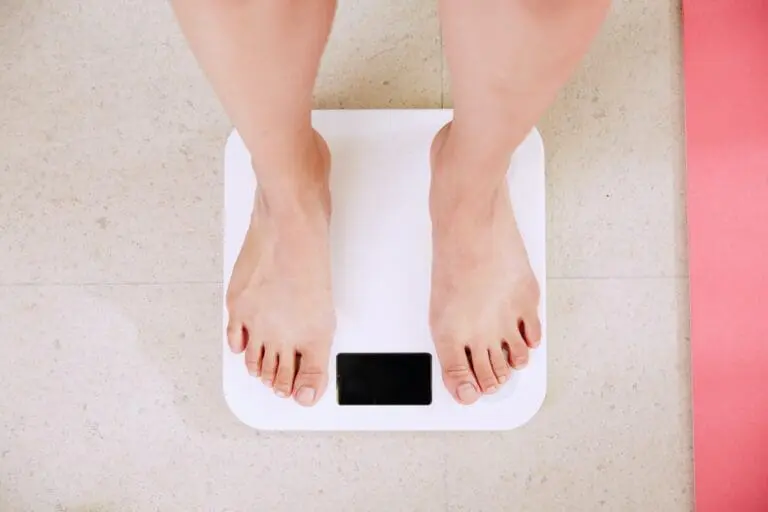Use These 10 Activities to Help With Your Child’s Fine Motor Skills Development

You want to make sure your child develops their skills as they should. Fine motor skills are something that will follow them into adulthood and help them get the most out of their world. You can create activities for them that will encourage your child to use their fine motor skills and develop them better. No matter how old your child is, they’ll have a lot of fun with these challenging activities, and they may even forget they’re learning new skills.
1. Building Blocks
Building blocks are one of the most accessible toys that can also help your young children with their fine motor skills. Since they’re easy to grasp, babies can start stacking towers and building things according to their imagination from a young age. Your child can start training themselves how to work with things as large as their hands from a young age.
As they get older, you may notice they become more precise with their movements with building blocks. At this point, you may be able to get them smaller toys that challenge their motor skills. Building blocks can start large, and you can work down to smaller modeling materials that will challenge them to make more impressive things with better motor skills.
2. Painting
Young children may not always be able to verbally convey what they want to say. Painting gives them an excuse to create something they want to, while providing them with the opportunity to get their emotions out on paper, even if they don’t exactly understand them yet. Mixing paints can also help children understand the properties of colors and how they can create new colors from two different ones.
3. Using Stickers
Stickers take a great amount of dexterity to use. Peeling them off the page can be so difficult that many kids ask their parents to get the sticker started for them. Allowing your child to practice with stickers and place them on a coloring book or another surface can encourage them to solve the problem themselves and give them great practice with stickers. By the time they get to school, kids will have a great understanding of their own dexterity and can even help their peers out of sticky sticker situations.
4. Sensory Tables
Sensory tables or bins can encourage your child to use all of their senses when interacting with the small world they’re playing with. They can pick things up and pour water or sand out of a container. Sensory stations can help them hone their skills with math and counting as well, if they’re old enough. Setting up a sensory location for your child is a great decision, as it can keep them busy and encourage them to learn new things and practice the skills they already have.
5. Completing Puzzles
A puzzle is a great tool for your child to train their brain and their motor skills. The difficulty of your child’s puzzles should evolve as they get older. When they’re very young, you may want to start them out with puzzles with big pieces that fit distinctly into certain shapes. Once they’re old enough, they may be able to complete jigsaw puzzles of different sizes and pictures.
6. Molding With Clay
Clay is an excellent material because your child can create just about anything and let it dry without using an oven. By about age 3, your child should be able to start playing with clay and rolling it into balls. Air-dry clay is great for artistic children who want to create something out of nothing. It can inspire them to work more precisely, to get all the details right on whatever it is they’re making.
7. Playing With Paper
Your kids will delight in using paper because they can do just about anything with it. They can hone their motor skills by coloring on it or drawing a picture. Older kids might be able to use safety scissors to cut paper into strips and make a craft out of it. You can tear sheets of paper for your younger children to play with as well.
8. Pipe Cleaner Activities
Pipe cleaners are a staple in so many crafts. Because they can be twisted to hold any shape, your child will have fun experimenting with making different things out of them. Pipe cleaners can be anything from bug antennae to a worm. The sky is the limit with your child’s imagination, and they don’t even need anything else to make amazing things.
9. Gardening
Every child loves digging in the dirt, which makes gardening and digging holes a worthwhile experience for many kids. People who spend time in nature have lower stress levels, which means that gardening is great for a child who has experienced a lot of change. Your child will start to learn more about the plants in your garden and the creatures who live in the soil. Make sure to supervise them whenever they’re around plants and wildlife. That way, you can instruct them what to do next and how to plant the things they love.
10. Meal Preparation
If you want a more practical use for your child’s fine motor skills, teach them how to help you cook. You should follow a simple recipe when your child is working with you, and they need to receive a job that’s appropriate for their age. For example, a young child might do best in handing you the ingredients you need, whereas one a couple of years older might be able to stir something or add it to a pot themselves. Cooking with your child can encourage a love of this skill from a young age, and they may be more willing to help you out in the kitchen in the future.
Opportunities for Improvement Are Everywhere
You may think you have to do something amazing to improve your child’s fine motor skills, but that isn’t the case. They can hone their skills with just about any creative activity, and you’ll be happy to know they’re learning new things while improving the skills they already have. Teaching your children how to improve their motor skills doesn’t have to be difficult or formal. They can practice what they already know by occupying themselves with everyday activities.









